I saw the blue heron yesterday morning flapping up from the pond. He has his meals there in season and sits on our high rock watching the water with his side eyed glance. He likes fresh clean fish.
A keystone species, Great Blue Herons are ecological indicators and so their well being indicates the ecosystem’s health. The heron was a neighbor who moved in once our pond was restored and he stayed. For us, a badge of hard earned honor.
Pond restoration was our very first Native Meadow project when I bought the land in 2004. At that time the two acre pond was completely taken over by algae, compromised by chemical lawn treatment run off and one third full of sediment. It’s sloping banks were mown vertically down to its edge.
With each rain, the pond turned clay red. Otherwise it was marsh green and returning to land. The pond’s dam was full of trees which were eroding the dam’s stability.
The fish we caught and relocated had enlarged heads and gills from living in water with so little oxygen. That must have been a nice splash for them when they landed in a cleaner pond. Deep watery breath. Ahhh
In fact, at that time, I only “owned” half of the pond. The other half had an absentee owner who shared my environmental ethics and who did not mind if I restored the whole pond as I saw fit. Why would he?
And as far as who owns what, anyone who has tried to restore and conserve land knows that the land owns you and you work for it. At your expense.
First we drained the pond and removed some 40 dump truck loads of sediment.
We were delighted to find a spring in one end and to also find that the pond had initially been dug to a depth sufficient for clean water.
We reshaped the pond banks creating a wide flat walking path around the perimeter and below the water line another narrow bench was carved to catch anyone or any machine that tumbled in. We put in some rock structure for future fish.
.We found a seam of granite that ran down one slope and into the deepest part of the pond. We cut a chunk of it out and stood a boulder on top of the seam. For mermaids and herons you know.
We stabilized banks with rock, jute and plantings. We cleared the crumbling island and built a bridge with a fishing bench out to it and then replanted the island to stabilize.
The most urgent need was to stop the swoosh. The pond is in a bowl with higher ground on three sides and so it takes the rain from a large area. It has also taken run off sediment for years. As we started to drain and dredge, we began to plant and plant to stabilize those slopes.
We especially needed to very quickly stabilize where we had done the reshaping of path and catch ledge before the late summer and fall storms swooshed red clay right back into the pond.
So we decided to do Hydroseeding where you spray a slurry of mulch, fertilizer, seed and green dye. This was not the way we usually did things, but because we had very little time before our hard work might be ruined, we contracted with a guy to do the Hydroseeding.
And he didn’t do it. I was never clear on the challenges this gentleman was facing. There were mutters of broken equipment and a nasty divorce but he just didn’t finish the job.
Long story short, I ended up down at the pond every evening, hoeing and seeding and watering in the high summer heat. There was no water other than in the slowly refilling pond. There was no power. I had a very loud, very heavy gas powered Chevy motor pump at the edge of the water to draw and push the pond water up to my seeds.
This muddy sweaty loud place was, by God, going to be my swimming hole. Then and many times since I have looked at plans for a traditional pool and many times since have rejected them all as noisy, chemical and chore intensive and certainly less magical than a clean pond.
Raw earth becomes a wound in this larger restoration. An uncovered child. An aberration. When I see large industrial agriculture fields tilled dusty without cover crops, I now shudder and long to blanket.
We created two rain gardens to stop the swoosh. There was one crease in the slopes that had funneled a torrent of muddy run off into the pond. At two points on this crease, we dug shallow rain gardens, carefully calibrating how long they would hold water. We wanted to slow and catch the swoosh but have the land absorb the water before the few days it takes mosquitoes to breed.
The rain gardens were planted with herbaceous perennials: southern lady fern, swamp milkweed, wild geranium, hairy alum root, dwarf crested iris, cardinal flower, Virginia bluebells, cinnamon fern, foam flower, Christmas fern, and Appalachian, Pennsylvania, silver, and plantain leaf sedges,- all things that love having their feet wet. These gardens are subtle now and encroached upon by the strong meadow grasses, but they still do their swoosh stopping job.
We planted bald cypress who thrived and walked their knobby knees down into the water within just a few years. We planted pond cypress along the far bank and the deer only rubbed one of them to ruin. We planted Arrowwood Viburnum, Virginia Sweetspire, red twig dogwood, sweet pepper bush, winterberry holly, and northern bayberry shrubs. The bayberry did not make it.
Once the pond refilled and with all this armor against the swoosh, we now had to tamp down the algae. For this we had three main tools which we use to this day. An aeration system which pumps oxygen into the water, a food grade dye that darkens the water so less sunlight reaches the bottom where the algae blooms, and something called Aqua Blast, a name I always hear in my mind as being spoken by Arnold Schwarzenegger. Say it with me. Aqua Blast.
Aqua Blast is natural bacteria which competes with the algae for food. These days we use a different version of the same product, the more prosaically named, MicroLife Clear Pond Bacteria, which is a concentrate of 5 different Bacillus cultures to improve water clarity, reduce bottom sludge, reduce odors, and reduce nitrate, nitrite, ammonia, and phosphorus levels. These bacteria reduce the waste from the flora and fauna in the pond. They eat the detritus and reduce excess nutrients.
And then, we planted fish. Pouring in buckets of twisting silver babies. Large mouth bass. Catfish. Bluegill, which is another indicator species, a kind of canary in the mine shaft. When the bluegill are thriving, the water is clean. The bluegill are thriving and truth be told, they sometimes nibble. Notably, bluegill can swim backwards.
Finally after several years of work, I slipped into the pond to swim. All the trepidation over a squishy bottom and the feel of water plants alongside my footsteps vanishing when I fully submerge and remember from childhood that swimming in clean natural water is like swimming in silk. Nice splash. Ahhhh
Sources & More:

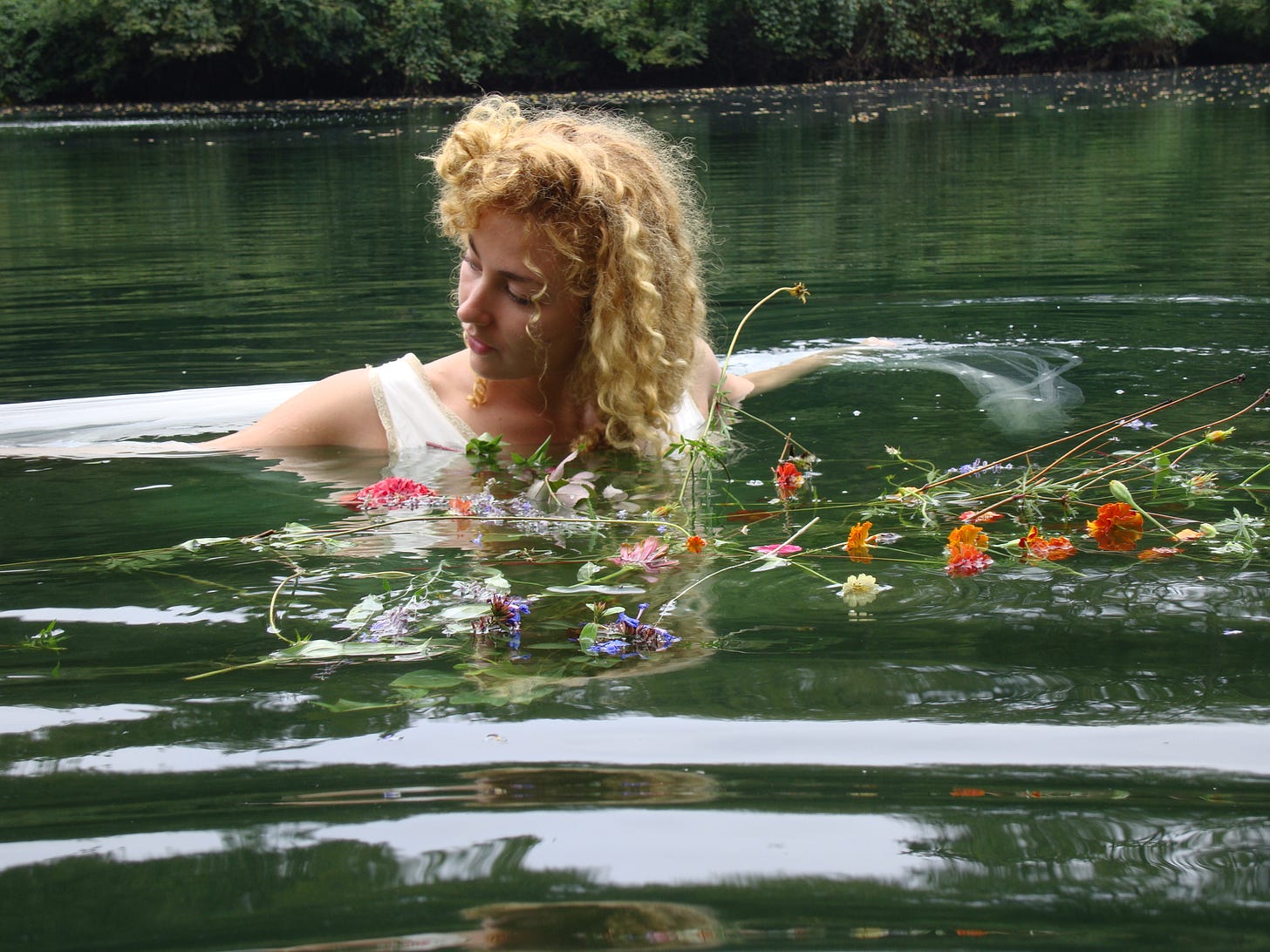
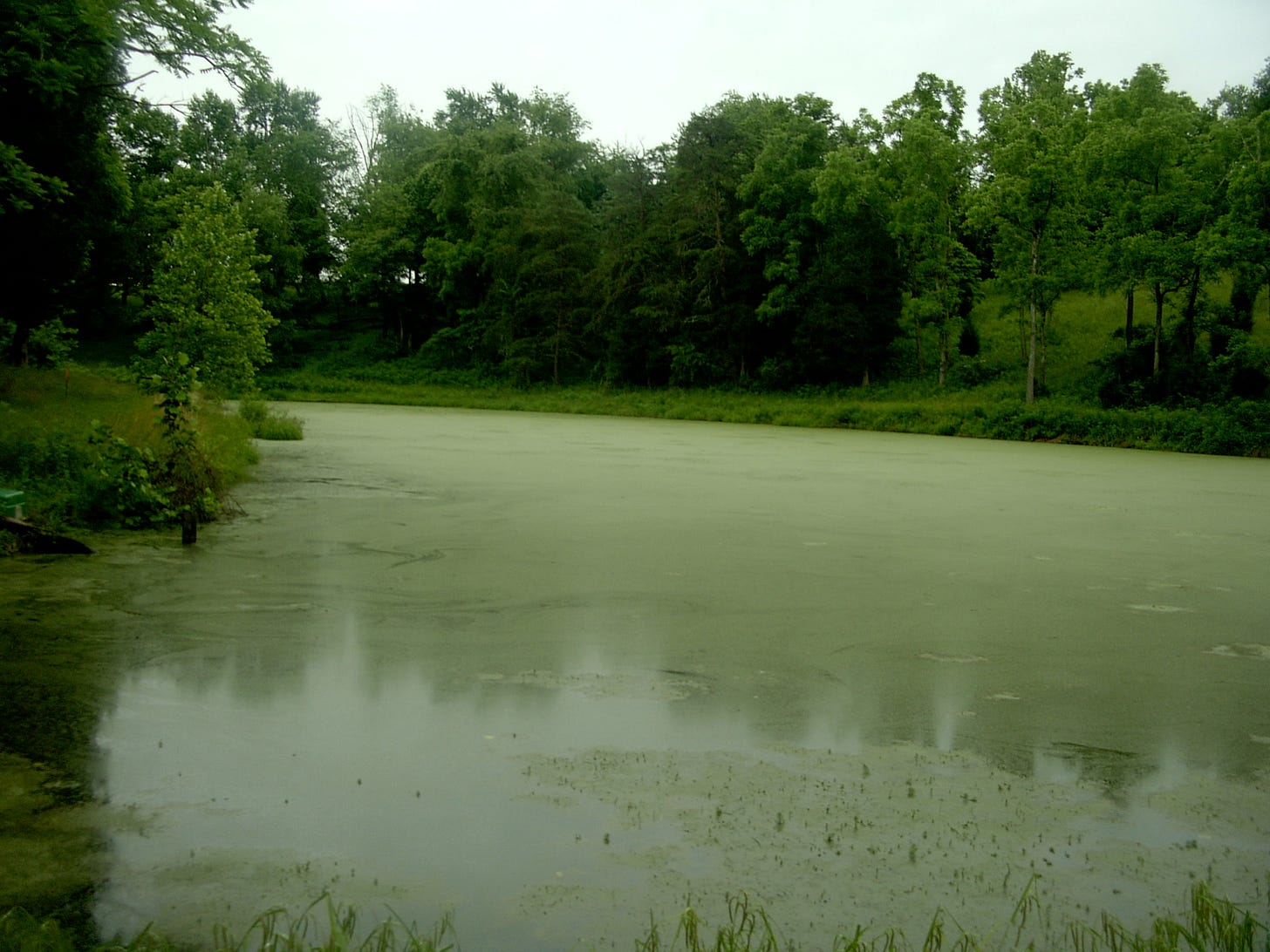
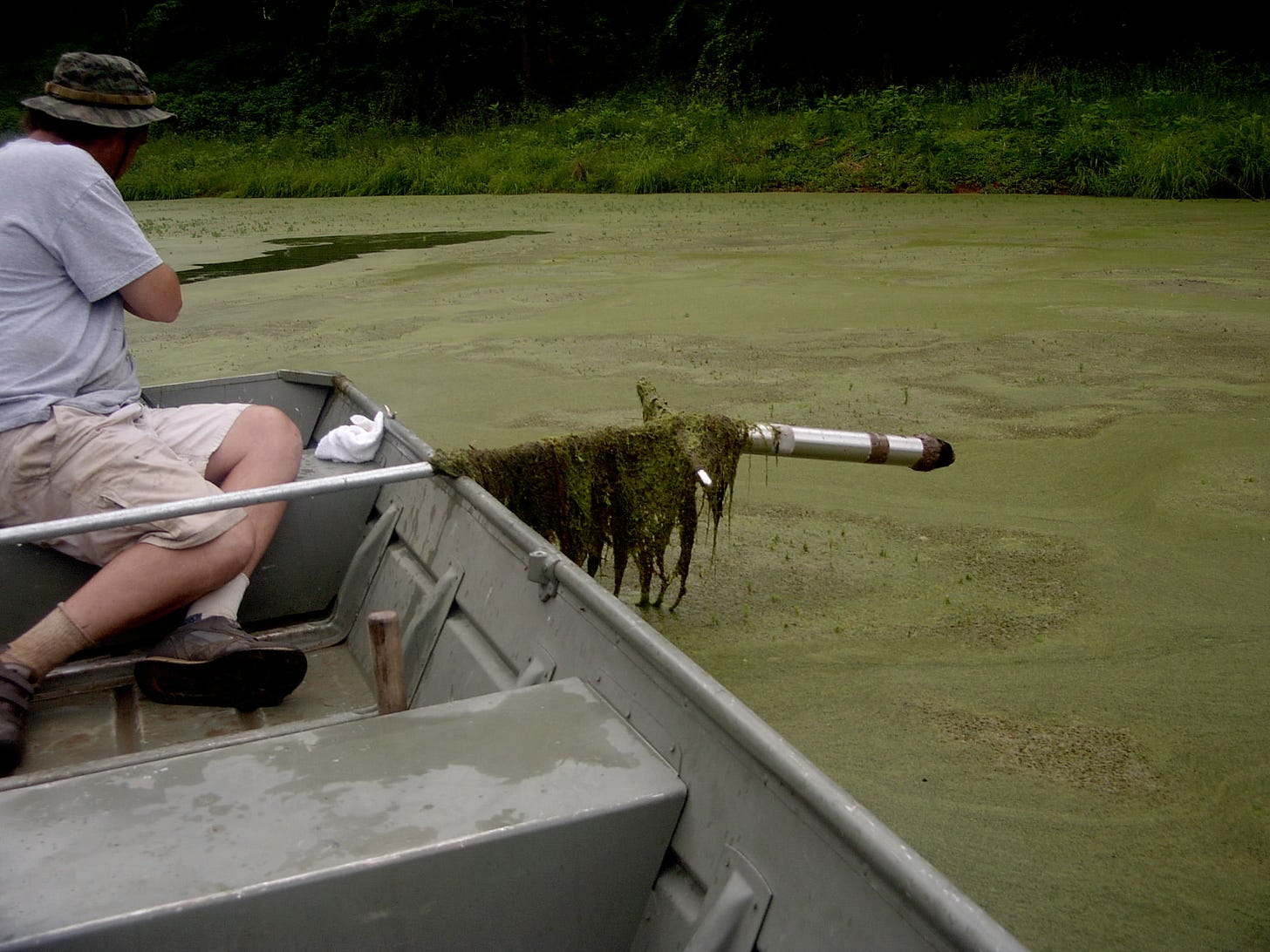
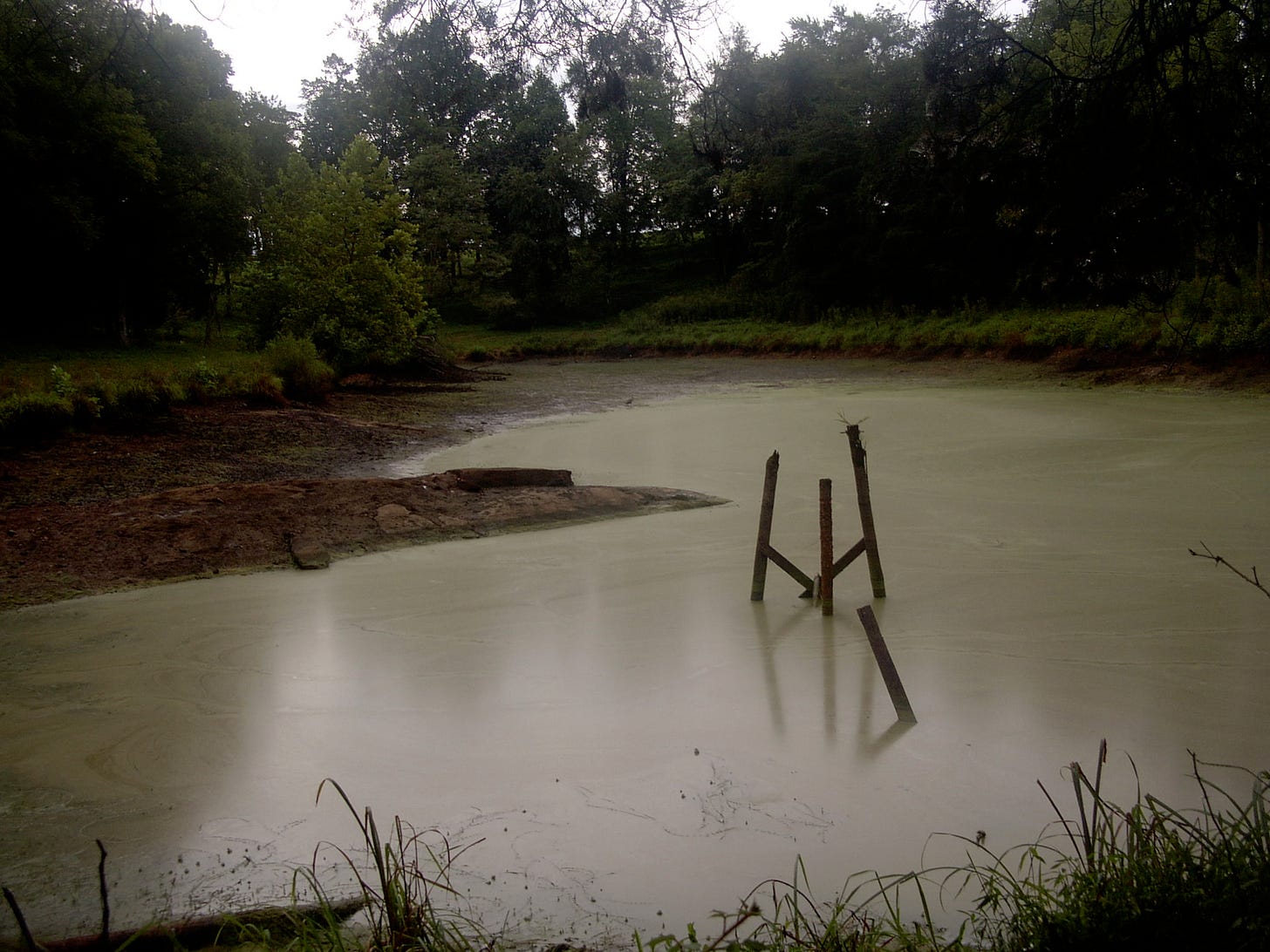
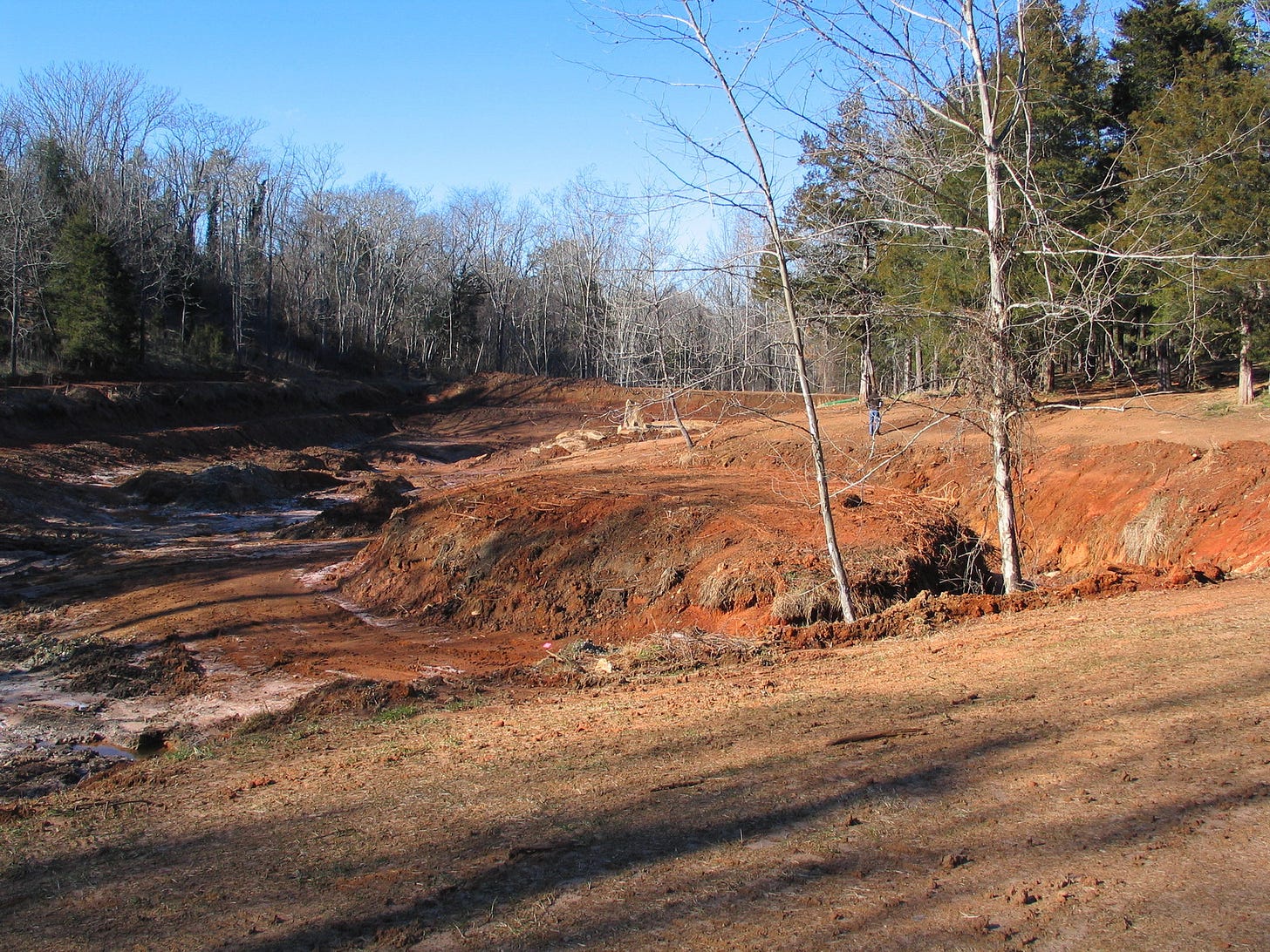
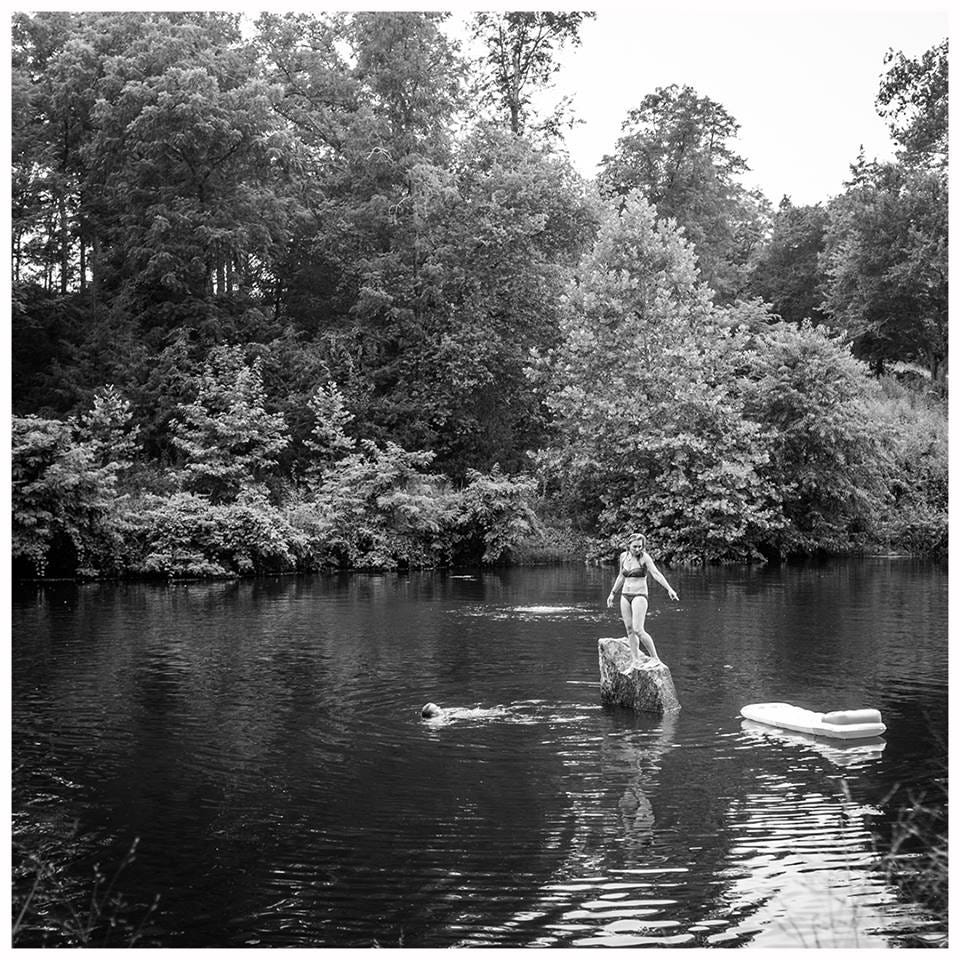
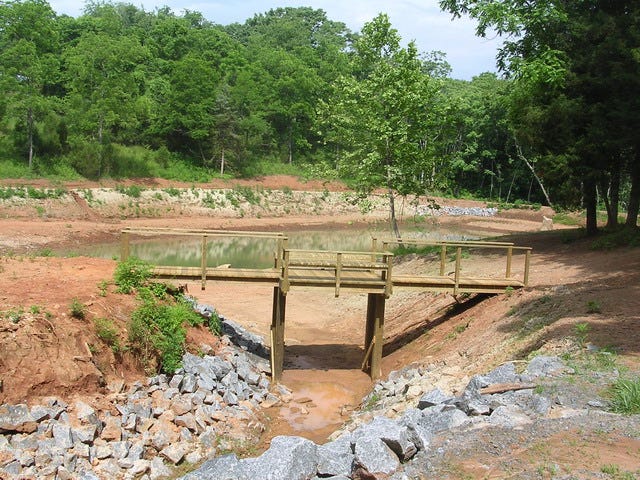
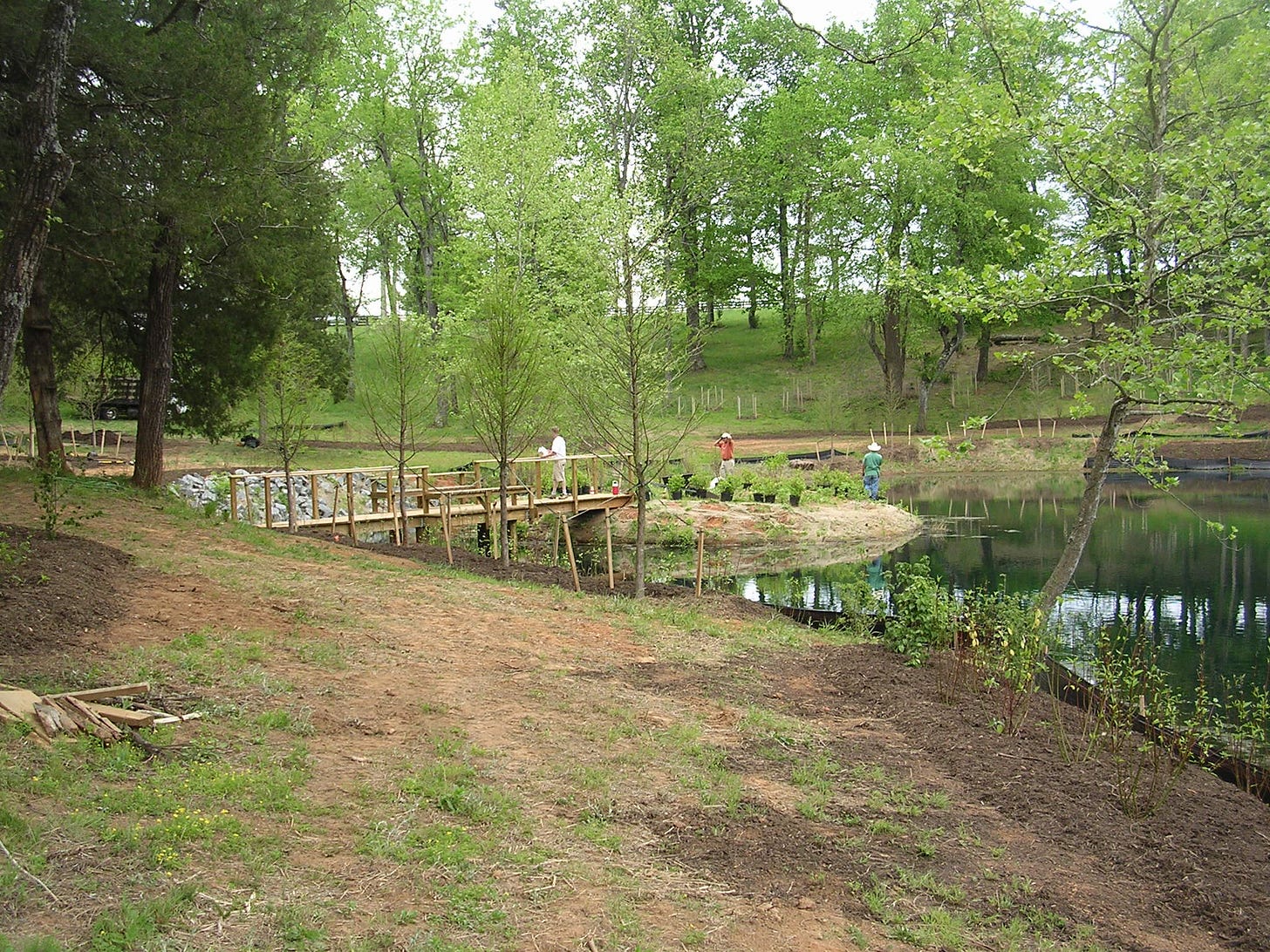
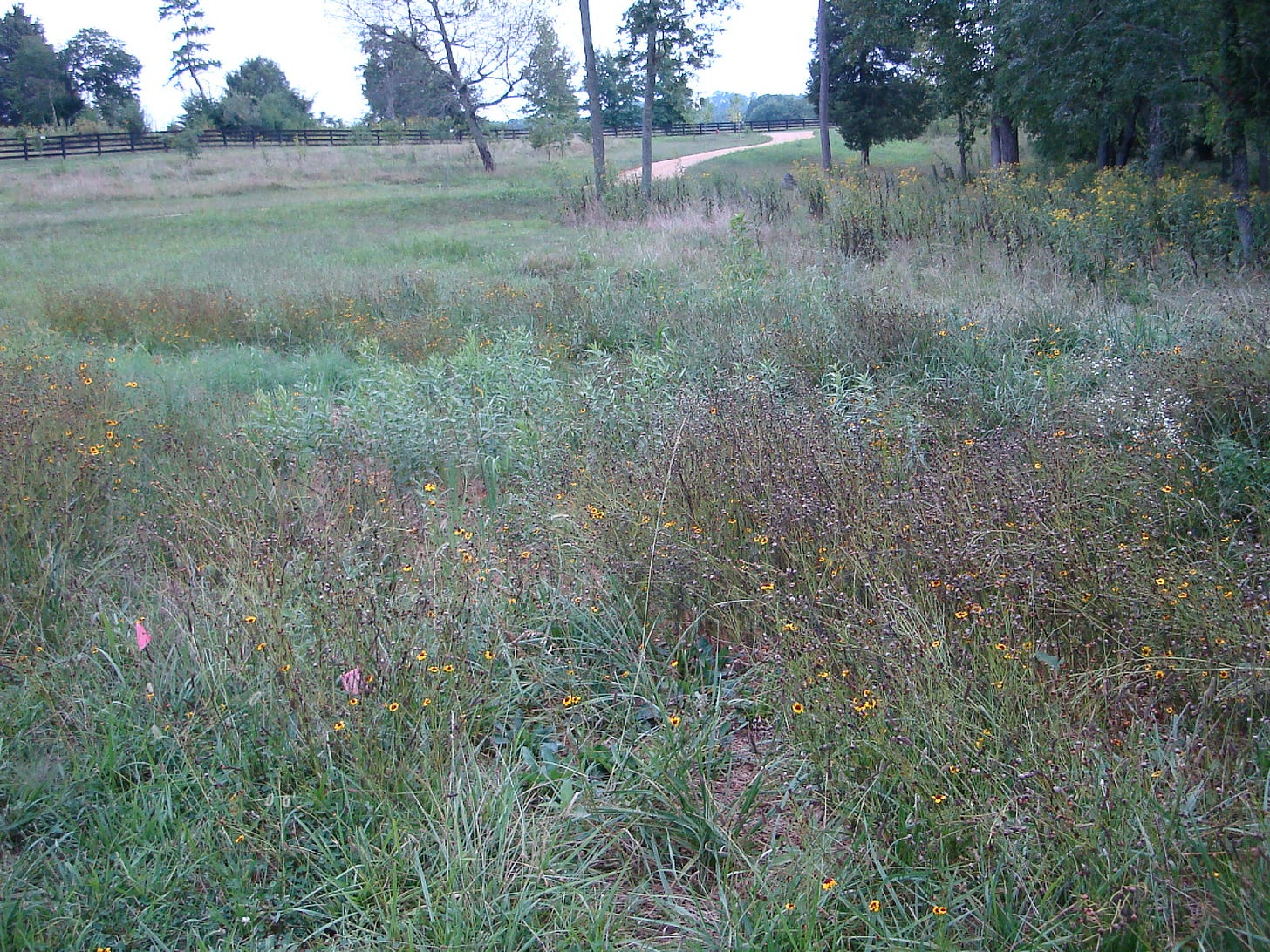
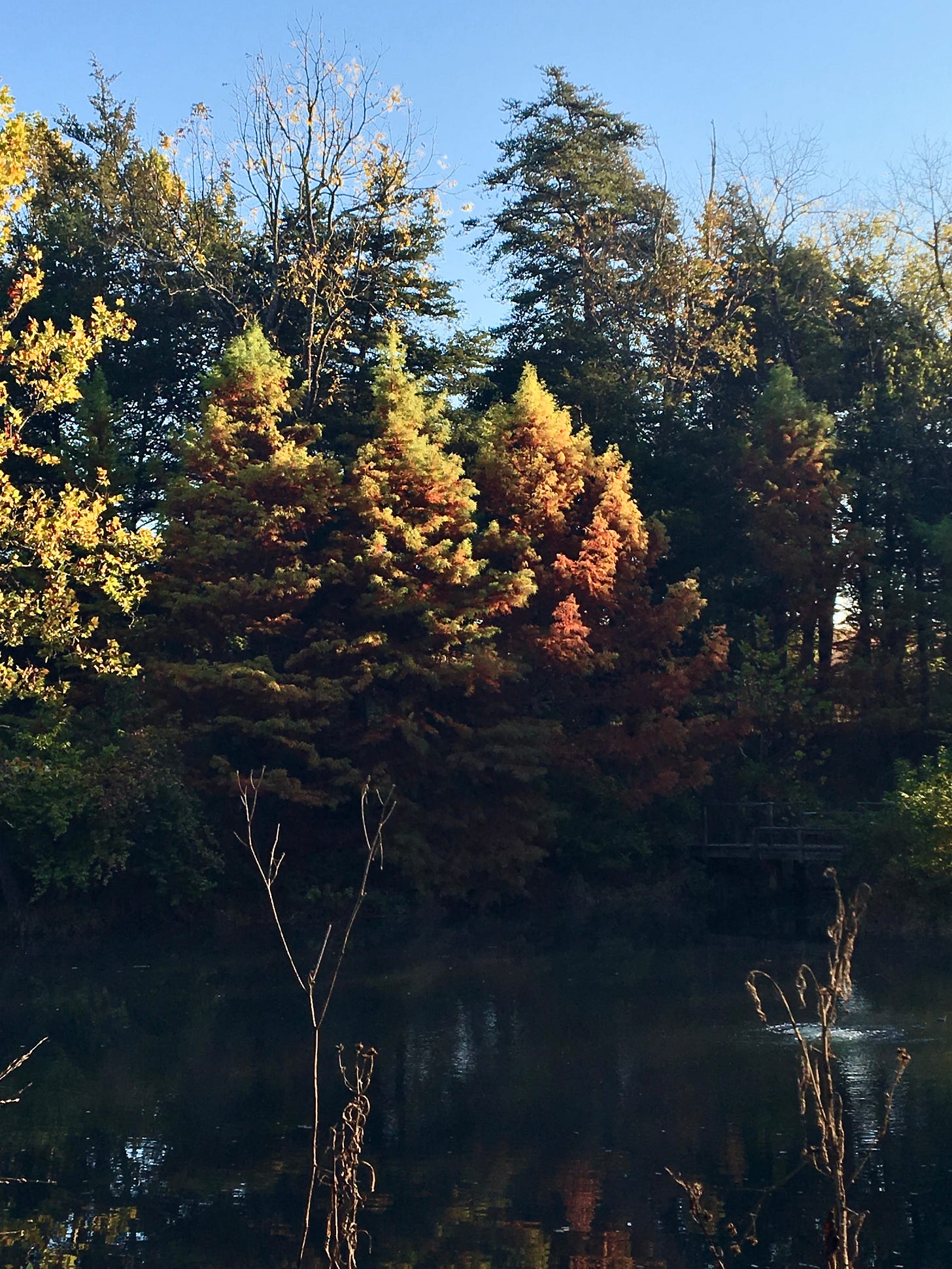
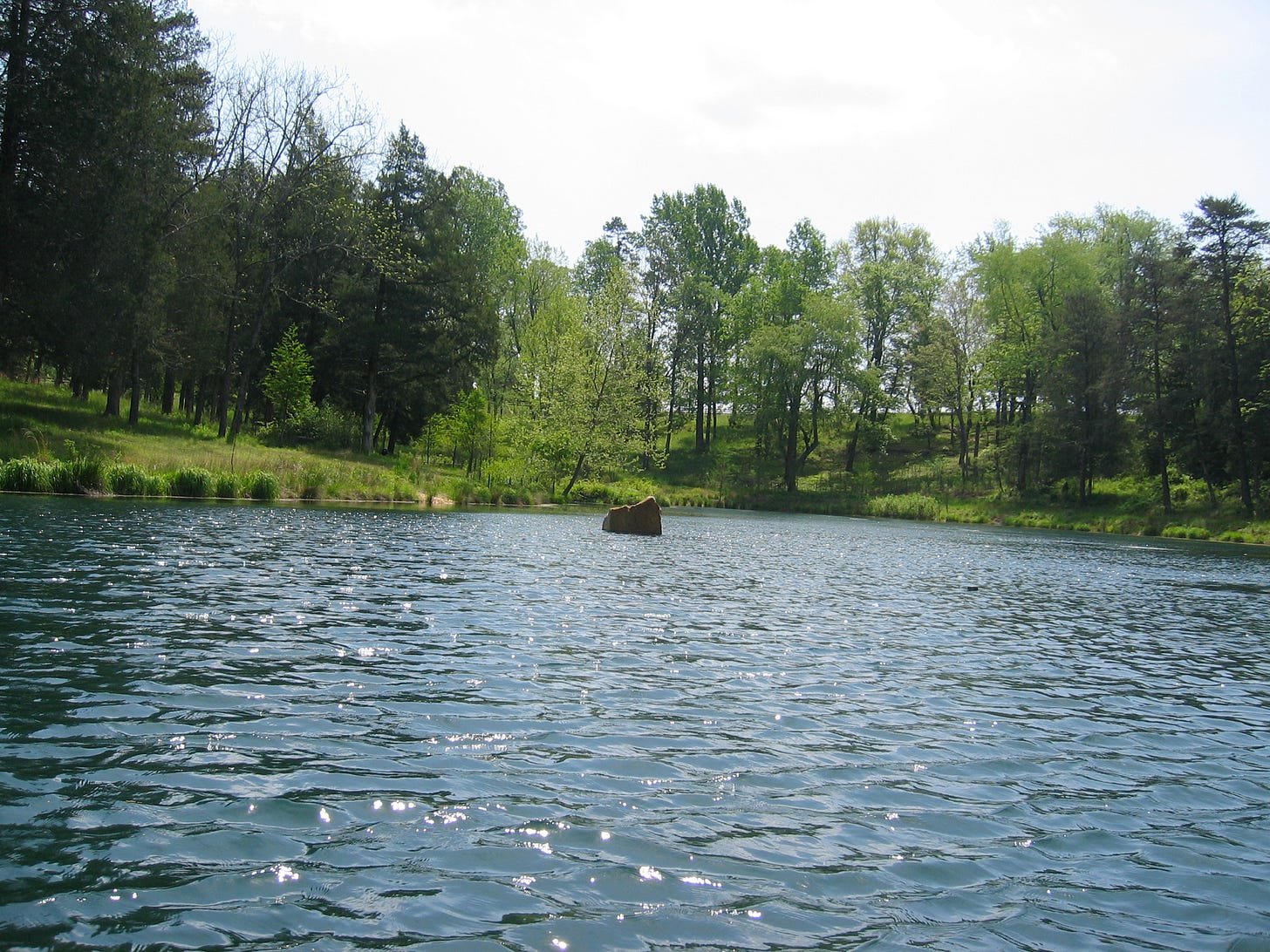
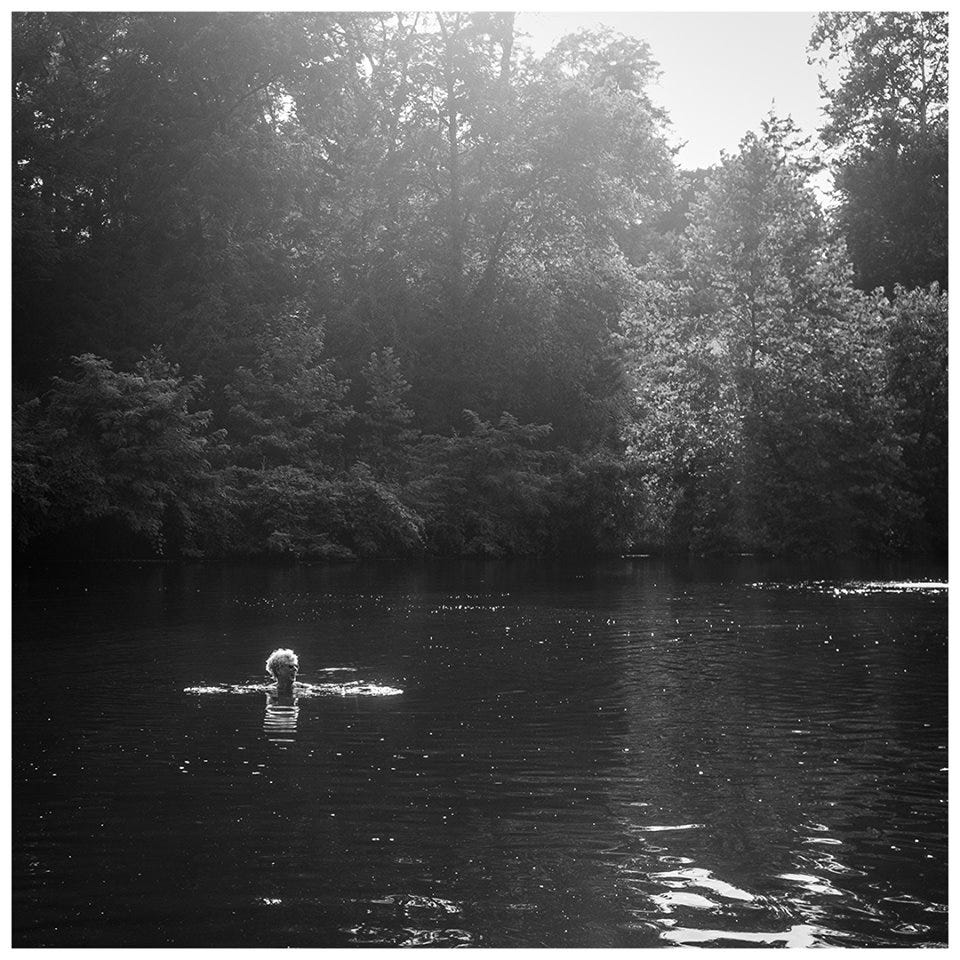
I love hearing about the health of your pond and how that all came to be! I never knew about the bluegill being a source of health for a pond, and it brings back fond memories of my growing up in Wisconsin. We swam in many lakes and fished for bluegill, but I do believe that they also nibbled my toes which always made me a little nervous when we were swimming!
Such a great act of love to the earth.